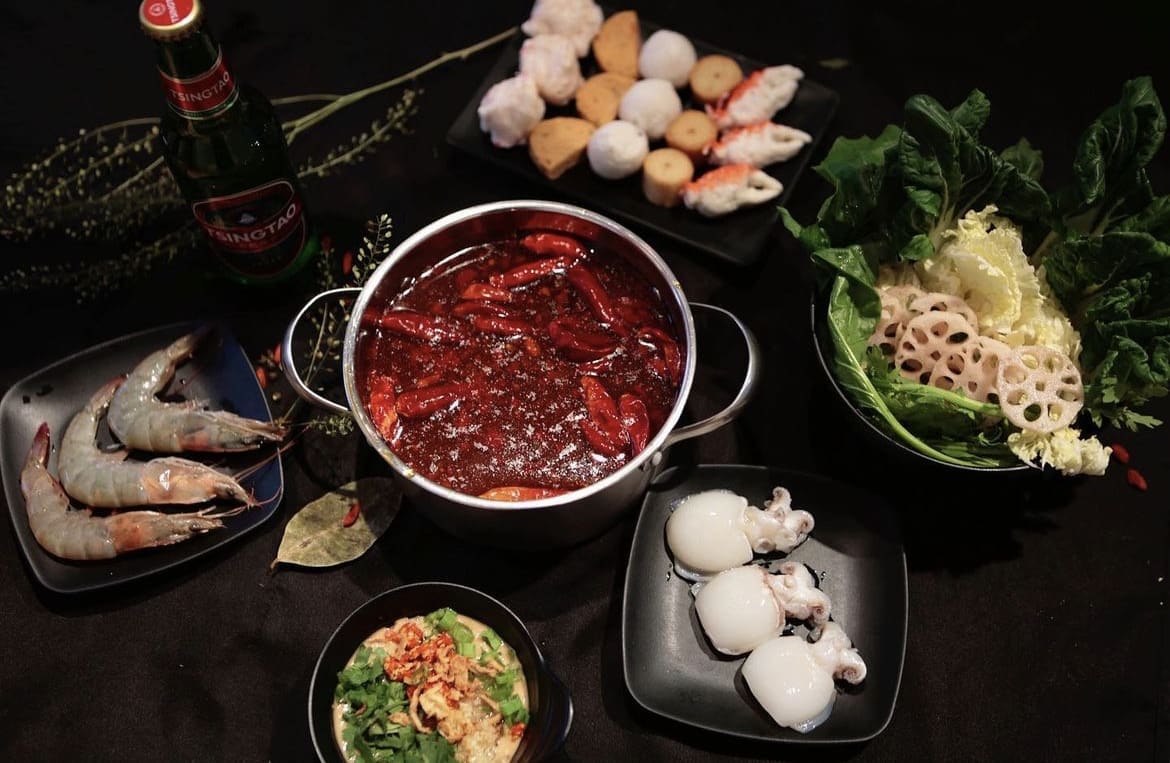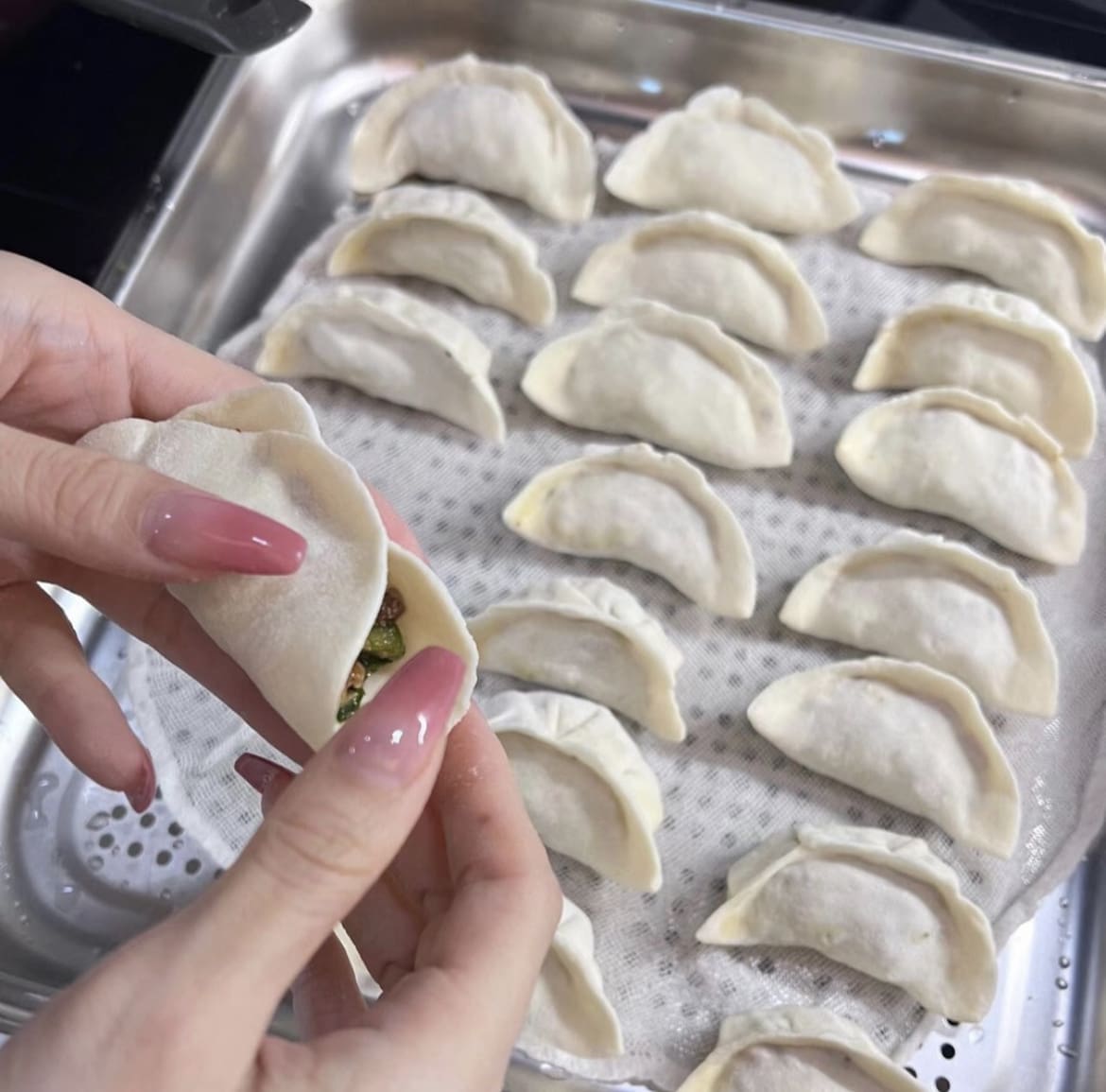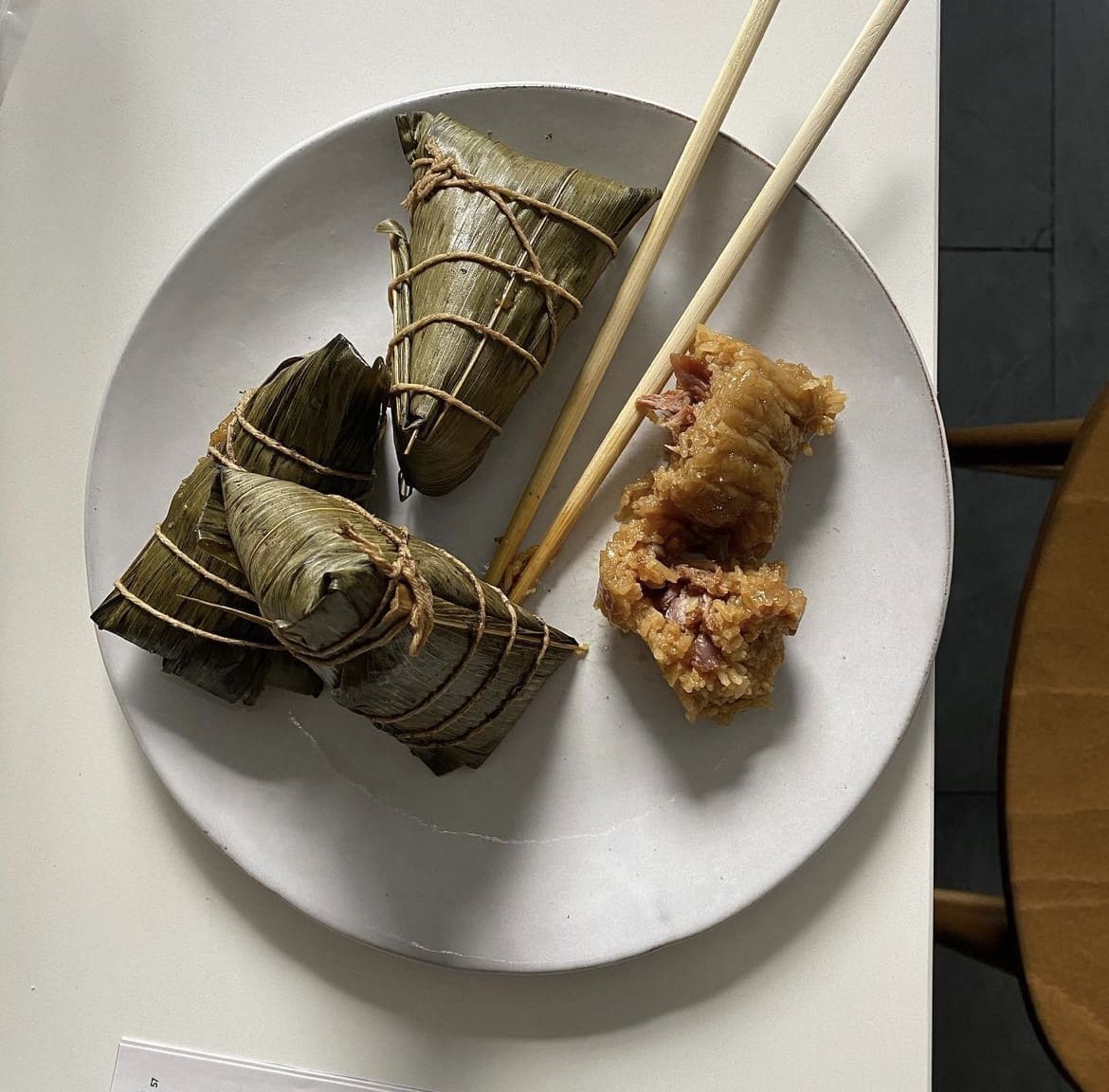Feast Your Way Through China: 10 Must-Try Traditional Foods
Ready to take your taste buds on a wild ride through the vibrant flavours of China? Get your napkins ready because we’re diving into the world of traditional Chinese cuisine with 10 must-try dishes that showcase the country’s culinary diversity.
Whether it’s the sizzling, spice-filled wok action of Sichuan or the delicate, soup-filled dumplings from Shanghai, these dishes reveal the depth and breadth of China’s regional cuisine.
From communal dining around a simmering hot pot to the crispy lacquered goodness of Peking Duck, get ready to savor the classics and taste the heartbeat of a culinary culture that has inspired the world.
Peking Duck (北京烤鸭)
The crowning jewel of Beijing’s dining scene, Peking Duck has been delighting diners for centuries with its exquisite blend of crispy skin and tender meat. Its story dates back to the Imperial era, where chefs perfected the art of lacquered duck preparation to serve it in the royal courts.
What makes it so special is the meticulous preparation: the duck is seasoned, dried, and roasted to deliver a golden-brown crust that shatters with every bite. It’s traditionally served in three ways: thinly sliced with pancakes, scallions, and sweet bean sauce, stir-fried with garlic, or as a flavorful soup made from the bones.
For an unforgettable experience, head to a specialty restaurant like Quanjude, where chefs will carve the duck tableside for you to enjoy every mouth-watering layer.

Xiaolongbao (小笼包)
If you’ve never experienced the joyous explosion of flavors when biting into a Xiaolongbao, you’re in for a treat. These soup-filled dumplings, originating from the bustling city of Shanghai, are the ultimate street food delicacy. Each delicate, thin wrapper encases a savory mix of pork (sometimes with seafood) and a rich broth that bursts in your mouth with every bite.
The process of making them requires finesse: the wrappers must be strong enough to hold the broth but thin enough to melt away effortlessly. Din Tai Fung, an international restaurant chain that started in Taiwan, is renowned for its mastery of these dumplings, but the best place to sample them is a local Shanghai eatery.
They serve as a reminder that some of life’s greatest pleasures come in small, perfectly steamed packages.

Mapo Tofu (麻婆豆腐)
Mapo Tofu is a fiery masterpiece that hails from the heart of Sichuan cuisine. This dish is all about balance: it combines soft, silky tofu with minced pork, all swimming in a spicy sauce made from fermented bean paste, chili oil, and the signature Sichuan peppercorns that bring a numbing sensation to your taste buds.
Legend has it that the dish was created by a pockmarked (ma) woman (po) who whipped up this comforting meal for travelers. Today, it remains one of China’s most beloved comfort foods, delivering a punch of flavor with every spoonful.
If you’re craving a taste-bud-tingling treat, head to Chengdu, the capital of Sichuan, or a local Sichuan restaurant for the real deal. Pair it with a steaming bowl of rice to soak up every last drop of that spicy, savory sauce.

Hot Pot (火锅)
When it comes to communal dining experiences, Hot Pot is the reigning champion in China. Originating from Mongolia but embraced by almost every region, this simmering pot of spicy broth or mild soup is a social event as much as a meal.
Picture this: a bubbling cauldron of flavor set in the middle of the table, surrounded by plates of fresh vegetables, thinly sliced meats, seafood, and dipping sauces. The best part? You control the cooking process, swirling your chosen ingredients in the hot broth until they’re perfectly done.
Chongqing is known for its bold, spicy hot pot, while Beijing has a milder, sesame-based version that pairs perfectly with lamb. Whether you’re gathering with friends on a chilly night or seeking an adventure in flavor, hot pot brings the heat in more ways than one, inviting everyone to cook, share, and savor the experience.

Char Siu (叉烧)
Char Siu is Cantonese barbecue at its finest—a sweet and savory roast pork dish that leaves you craving more with every sticky, caramelized bite. Its roots lie deep in Guangdong province, where traditional chefs marinate strips of pork in a blend of soy sauce, honey, five-spice powder, and hoisin sauce, creating a bold umami flavor.
Grilled until perfectly caramelized, each slice boasts a tender, smoky interior wrapped in a glossy, charred crust. It’s often enjoyed as a topping for rice or tucked into steamed buns for a quick snack.
For the ultimate experience, head to Hong Kong or find a Cantonese barbecue joint that specializes in Char Siu. It’s a must-try, whether you’re a pork aficionado or simply in the mood for some smoky, finger-licking goodness.

Dim Sum (点心)
Dim Sum is more than just a meal—it’s a tradition steeped in history and yum cha (tea-drinking) culture. Originating from Cantonese tea houses, it’s a smorgasbord of bite-sized delights served in bamboo steamers or on small plates, each offering a different flavor and texture.
You’ll find shrimp dumplings (har gow) with translucent wrappers, siu mai filled with pork and shrimp, fluffy barbecue pork buns, and delicate rice noodle rolls, all served alongside endless cups of tea. The range of flavors is astounding, with something for every palate.
It’s best enjoyed as a brunch, where carts laden with fresh dim sum weave through the restaurant, tempting diners with savory and sweet treats alike. For an authentic taste, try a dim sum brunch in Hong Kong or Guangzhou, where you can savor the full variety of these meticulously crafted morsels and soak in the vibrant atmosphere of a bustling tea house.

Jiaozi (饺子)
Jiaozi are the quintessential comfort food, enjoyed across China for over a thousand years. They come in all shapes and sizes, but the classic version consists of tender dough wrapped around a filling of minced meat, vegetables, or seafood.
Whether steamed, boiled, or pan-fried, they are the ultimate expression of homestyle warmth. Historically associated with Lunar New Year celebrations, jiaozi symbolize wealth and prosperity, as their shape resembles ancient Chinese currency.
Each region has its own take, with the northern provinces favoring lamb fillings and the southern regions leaning towards shrimp and fish. While you can find them in nearly every corner of China, the best way to savor jiaozi is fresh from a local market vendor or by learning the art of dumpling-making in a jiaozi cooking class.

Kung Pao Chicken (宫保鸡丁)
Kung Pao Chicken is a beloved Sichuan stir-fry that brings the heat with its mix of diced chicken, peanuts, and peppers in a tangy, spicy sauce. Named after a Qing Dynasty official, this dish is a perfect blend of sweet, salty, and spicy, thanks to the clever combination of soy sauce, vinegar, and chili peppers.
The signature peanuts add a delightful crunch, while the chicken remains juicy and tender. The Sichuan peppercorns bring a distinctive numbing sensation, creating a flavor experience that’s unique and irresistible.
Although the dish is widely adapted across China, nothing compares to trying it in Chengdu, where you’ll find authentic Kung Pao Chicken with a spicy kick that will make your taste buds sing.

Spring Rolls (春卷)
Spring Rolls bring crunchy, golden goodness to your table, symbolizing prosperity and wealth due to their gold-bar-like appearance. These iconic appetizers originated in the eastern provinces of China and are closely tied to the Spring Festival traditions, making them a celebratory treat.
The wrappers are filled with a blend of shredded vegetables, and sometimes meat, before being rolled up and fried to crispy perfection. With each bite, the wrapper crackles, giving way to a savory, umami-packed filling. They’re served hot, often with a dipping sauce that adds a touch of sweetness or tanginess.
You’ll find different variations across China, from Shanghai to Guangzhou. For an authentic taste, seek out spring rolls at a local street vendor or a traditional Chinese restaurant to enjoy them fresh from the fryer.

Zongzi (粽子)
Zongzi, or sticky rice dumplings wrapped in bamboo leaves, are a centuries-old treat enjoyed during the Dragon Boat Festival. The fillings can be savory, featuring pork or salted egg yolk, or sweet, with options like red bean paste or jujube.
Their shape and flavor vary by region, reflecting the diversity of China’s food culture. They are associated with the legend of Qu Yuan, an ancient poet whose tragic death is commemorated with the Dragon Boat Festival. Each zongzi is carefully wrapped in bamboo leaves and steamed to perfection, infusing the sticky rice with a distinctive, earthy aroma.
To fully appreciate the flavors and cultural significance, visit China during the Dragon Boat Festival to experience zongzi in its most festive context, or try them at a local market for a taste of tradition anytime.

From the fiery spices of Sichuan to the delicate, savory broth of Xiaolongbao, these traditional Chinese dishes are a passport to the heart of a culinary tradition that has delighted diners for centuries. Peking Duck serves up imperial-era elegance, while Hot Pot invites friends to gather around a steaming cauldron of communal flavors. Char Siu and Dim Sum represent the rich culinary heritage of Cantonese cuisine, while Jiaozi and Kung Pao Chicken remind us that simple ingredients can deliver complex layers of flavor.
Spring Rolls crunch with prosperity, while Zongzi connects us to ancient rituals that still live on today. These are more than just recipes—they are cultural touchstones that define the spirit of each region and era of China. Each one tells a story of celebration, comfort, and community that transcends the dining table.
The best way to truly appreciate these dishes is to embark on a flavor-packed journey across China, exploring street markets, bustling tea houses, and rustic eateries to savor the full spectrum of tastes. From the spicy to the sweet, each region has a unique flavor that reveals a new facet of Chinese food culture. So, the next time you’re in China, don’t just settle for the familiar—dare to explore the lesser-known corners of the food scene and discover the incredible depth and diversity that traditional Chinese cuisine has to offer.
